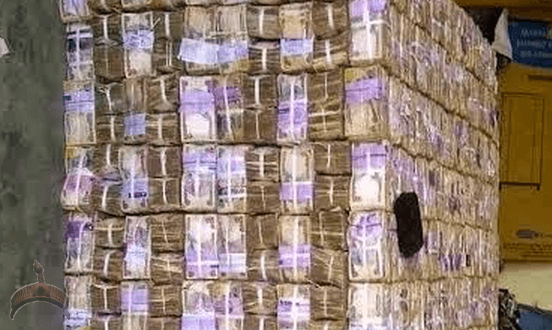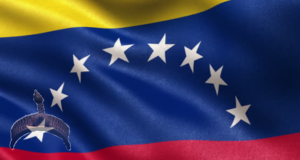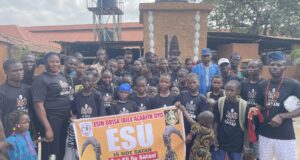Note the bolded. Unless you are a bank, you cannot buy at that rate. That is the rate that banks will buy from the primary dealers (who are banks anyway). In other words, the big banks in Nigeria who will be the nominated primary dealers will sell to other banks at the interbank rate. That is what it is called INTERBANK i.e. between one bank to another.
When your bank now buys at the interbank rate, they will now sell to the end-users at a profit. So if your bank quoted you at N319, they will make a profit of 319 – 260 = N59 to the dollar.
Usually, if you are buying huge amounts of dollars, then you will get it cheaper as per bulk purchase. So if you are buying $100,000, then your bank may offer you at 310 or 305 because the volume will compensate for the discount.
If you are buyng smaller quantities such as $1000, the bank will give you an expensive quote. Visit any forex trading ECN platform to understand it. Even in globalized forex trading, a true ECN platform will show price quotes from several liquidity providers (the equivalent of the primary market dealers) and the prices are never the same.
Those who think the Naira will appreciate under the present circumstances are dreamers. Naira will only appreciate when the country becomes a net exporter as opposed to a net importer.
If we had schools and hospitals which can attract foreigners to pay in USD, it would have helped. If we can export all manner of products as opposed to only crude and small amounts of charcoal, cashew, etc, then the Naira will gain.
Until then, you will not be able to get Naira at below 300. That I can tell you for real.
 Ọmọ Oòduà Naija Gist | News From Nigeria | Entertainment gist Nigeria|Networking|News.. Visit for Nigeria breaking news , Nigerian Movies , Naija music , Jobs In Nigeria , Naija News , Nollywood, Gist and more
Ọmọ Oòduà Naija Gist | News From Nigeria | Entertainment gist Nigeria|Networking|News.. Visit for Nigeria breaking news , Nigerian Movies , Naija music , Jobs In Nigeria , Naija News , Nollywood, Gist and more









